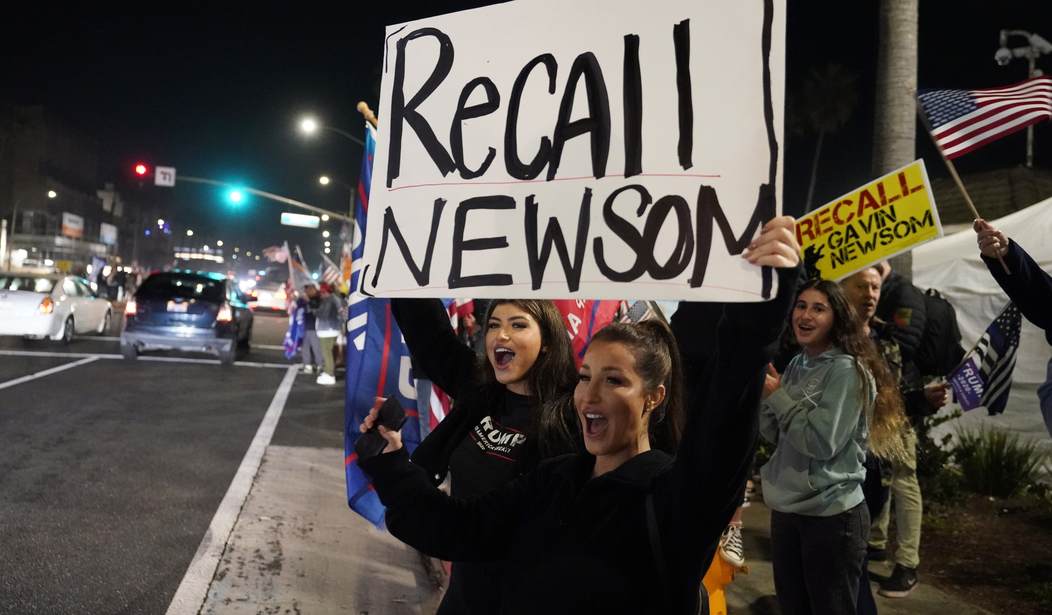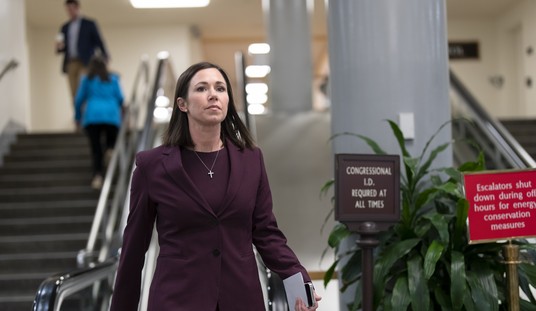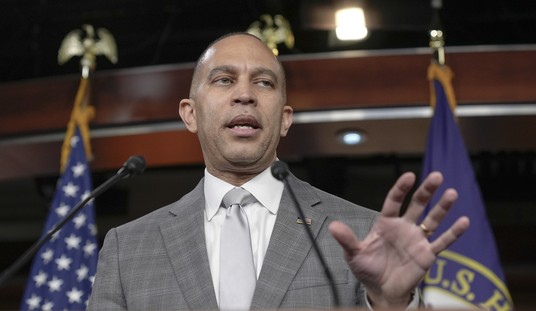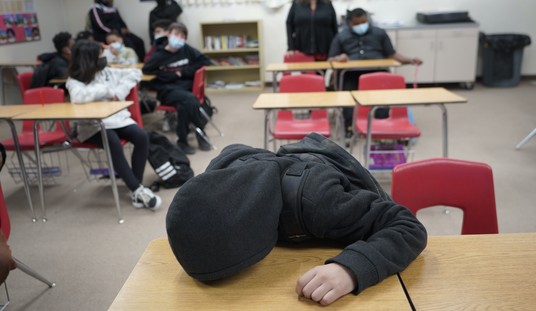As has long been transparently predictable, the eve of the inauguration of Joe Biden has coincided with the determination of state and local elected Democrat officials that the threat of a COVID-19 pandemic has passed, and economic and social life in Democrat-controlled cities and states can now begin to return to “normal”.
New York Governor Andrew Cuomo made his view known earlier this week:
New York Gov. Andrew Cuomo said Tuesday he wants to start opening restaurants, theaters and offices by launching rapid testing sites in New York City and eventually at hundreds of new sites in other city centers throughout the state.
An individual could theoretically get tested and in 15 minutes go to a dinner or movie, under the Democratic governor’s plan, which he said could also help get more people onto mass transit. Cuomo said he’ll partner with the real estate community and work with local governments to reduce bureaucratic hurdles.
Democrat Mayor Lori Lightfoot suddenly has a plan for reopening bars and restaurants in Chicago.
Chicago Mayor Lori Lightfoot said Thursday she wants the city’s bars and restaurants to reopen for indoor service “as soon as possible” and plans to discuss the issue with Illinois Gov. J.B. Pritzker, despite the fact that the city hasn’t met the state’s requirements for lifting the restrictions.
“I am very, very focused on getting our restaurants reopened. If we look at the various criteria that the state has set, we are meeting most if not all of those. So that’s a conversation that I will have with the governor,” Lightfoot said at a news conference about the city’s COVID-19 vaccine distribution sites. “But I want to get our restaurants and our bars reopened as quickly as possible.”
But one Governor who apparently has not received the message that the political imperative of knee-capping the economy to get rid of Donald Trump has now passed is California Governor Gavin Newsom. He is maintaining the restrictions that have been in place for months, continuing to impose regulatory restrictions in California on a per county basis.
It is true that California’s COVID-19 numbers have grown significantly over the past 90 days.
COVID-19 is a virus. November to March is the “cold and flu” season — both caused by viruses.
While Southern California enjoys sunshine and temperate weather year-round, most of the rest of California does have fall and winter weather climates with colder temperatures and rain. With over 40 million residents, the math says COVID-19 cases would rise through the “virus” season without much regard for the various containment measures ordered by California’s Democrat overlords. Viruses do what viruses do — they spread.
But something else different in California is that elected officials such as Gov. Newsom are subject to “recall elections”. The California State Constitution sets forth a detailed mechanism for gathering a specified number of signatures of registered voters which triggers a special election where there are only two questions on the ballot.
The first question is whether or not the elected official should be recalled and removed from office.
The second question is who should replace the recalled official — a choice of a replacement Governor
If the official subject to the recall prevails on the first question, the outcome on the second question is moot.
There is an earnest signature-gathering effort underway to set a special election for the recall of Gov. Newsom. The supporters have until mid-March to submit the necessary number of signatures. It goes without saying that California GOP voters are leading the effort to have Newsom recalled, but he will not be recalled unless a substantial number of Democrats vote to do so.
Since the recall provision of the state constitution was added in 1911, more than 30 recall attempts had been attempted in California, but none had ever made it to the ballot until 2003. The Governor was Gray Davis, and he lost.
Newsom won the election in 2018 with 62% of the vote. It is hard to imagine a recall effort succeeding against him if Democrats remain united behind him.
But what happened to Davis in 2003 is precisely what might happen to Newsom in 2021.
Entering the race to replace the Governor — the second question that appears on the ballot — is a very easy thing to do. It requires only a very small number of registered voters on the nominating petition and a small filing fee. The outcome of the second question is decided on a plurality basis — the person who gets the greatest number of votes, regardless of the percentage, is elected to replace the recalled official.
The best way for Newsom to avoid recall is if no other Democrat enters the race to replace him. That makes the outcome of the two simultaneous votes a strictly partisan contest, and the expectation is that Democrat voters will vote against the recall in order to prevent a GOP candidate to take over as Governor.
But if a Democrat enters the race for the replacement, the vote on the recall becomes personal to the Newsom, it ceases to be a strictly partisan race, and the second contest to replace him becomes vulnerable to splitting the vote among various factions of the Democrat party coalition.
In 2003, Democrat Lt. Gov. Cruz Bustamante made a late entry into the race to replace Gray Davis when signs were that he could lose the recall election. Bustamante attempted to simultaneously campaign against the recall, while at the same time campaigning for himself to replace Davis if the recall was successful. Arnold Schwarzenegger announced his entry into the race to replace Davis on the Tonight Show with Jay Leno, squeezing out all other meaningful GOP aspirants. Davis lost 55-45%, and Schrwenegger prevailed over Bustamante 45-31% — in a race with 154 names on the ballot.
The California Democrat party is an oftentimes uneasy alliance of ultra-liberal upper-class white-collar professionals and business leaders/Silicon Valley billionaires, and a rank-and-file party establishment that has become largely comprised of ethnic, gender, and sexuality-based “identity politics” adherents. These groups would all need to “stand aside” for Newsom in order to give him the best chance of prevailing in the recall. But if Newsom is viewed a mortally damaged by what he has done to the California economy, the dam could break on the question of whether other Democrats enter the second contest to replace him. If even one Democrat announces an intention to be on the ballot to replace him, it significantly increases the likelihood he will be recalled. It also becomes more likely that multiple groups will want a candidate who represents their “tribe” to have a shot at the Governor’s mansion.
The problem for national Democrats is that a campaign against Gavin Newsom based on his actions in response to the COVID-19 pandemic creates a blueprint for running against all Democrats in 2022. If polling shows that Newsom is in deep trouble in a recall contest, it will mean that a substantial number of Democrat voters will have joined with Republicans to boot him out. The campaign against him will be a single-issue contest — his handling of the COVID-19 pandemic. If successful it will create a blueprint for running against Democrats nationwide as the true costs of the Democrat politicians handling of the pandemic — to improve the chances of beating Donald Trump — come into better focus.
Right now these same officials are caught on the horns of a dilemma. Their economies have been crushed, businesses have closed, jobs lost, and savings exhausted. Beginning re-opening their economies immediately after Trump’s defeat and upon Biden taking office gives off the stench that their actions were political all along, and that will be a rallying cry on the right against them.
Maintaining the restrictions through the end of the cold and flu season — another 75 days at least — would take the edge off that argument. But that would continue to do even more damage to their local economies — particularly officials in states that have some form of “winter season” industry that would otherwise be in full swing right now.
Gavin Newsom may be the proverbial “Canary in a Coal Mine” for the electoral future of Democrats in states and cities that have been hard hit by the handling of the pandemic. If he is recalled, the voter sentiments will be studied in great detail by the GOP.
Kevin McCarthy proved in 2020 that he could recruit quality candidates to run against Democrat incumbents in the House, winning 10 seats when pre-election predictions were that he would lose 12-15. He was in the California State Legislature in 2003 when Gray Davis was recalled. Nobody is watching what is happening in California closer than he is.















Join the conversation as a VIP Member